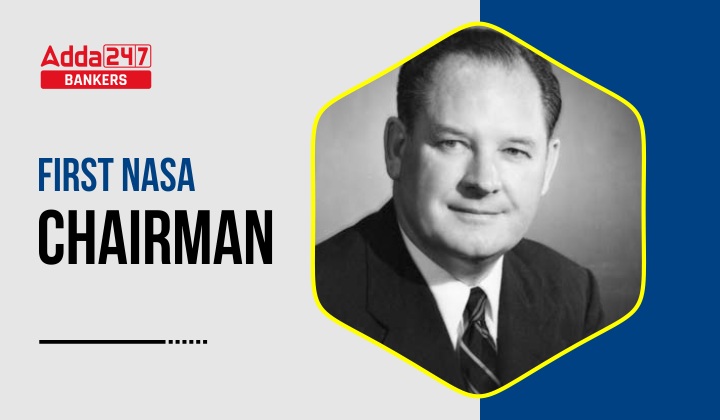First NASA Chairman: T. Keith Glennan
Since its inception, the National Aeronautics and Space Administration (NASA) has been at the forefront of space exploration, scientific advancements and technological innovation. To grasp NASA’s essence, it is essential to recognize the profound impact of its inaugural leader in shaping the agency’s mission, outlook and achievements. T. Keith Glennan, first chairman of NASA, established the foundation for the agency’s ambitious endeavors, propelling humanity toward the celestial frontier.
Early life and Diverse Experience:
Birth date: 8th September 1905
Birth place: Enderlin, North Dakota
Glennan’s journey began with a degree in electrical engineering from the Sheffield Scientific School of Yale University in 1927. He quickly became associated with the burgeoning sound motion picture and later held prominent roles such as studio manager at Paramount Pictures and Samuel Goldwyn Studios. His expertise extended to aviation sector, briefly working at Vega Aircraft Corporation.
Glennan’s true impact was realized during the World War II when she joined the Columbia University Division of War Research. His leadership as Administrator and later Director of the U.S. Navy’s Underwater Sound Laboratories showcased his ability to manage complex projects and advance technology under pressure.
A Renaissance Leader
Glennan’s leadership prowess led him to the presidency of the Case Institute of Technology in Cleveland, Ohio, where he orchestrated a transformation of the institution into a top-ranking engineering school in the United States. His tenure as a member of the U.S. Atomic Energy Commission from 1950 to 1952 highlighted his engagement in critical national matters.
T. Keith Glennan: First NASA Chairman
Thomas Keith Glennan, appointed as first NASA Chairman or Administrator, confronted the challenge of merging the existing National Advisory Committee for Aeronautics (NACA) into the newly formed agency. Under his guidance, NASA absorbed several space exploration projects from other federal agencies, consolidating expertise and resources. Glennan facilitated the integration of the Naval Research Laboratory, culminating in the creation of the Goddard Space Flight Center. This center would become a cornerstone of NASA’s scientific endeavors.
Expansion of Space Exploration Programs
Glennan’s strategic vision also encompassed the incorporation of various satellite programs, lunar probes and the development of advanced rocket technology. He effectively orchestrated the transfer of the Jet Propulsion Laboratory and the Army Ballistic Missile Agency, renamed the Marshall Space Flight Center, to NASA’s purview. This positioning cemented NASA’s role as the premier agency for space activities, securing its dominance in the field of space exploration.
Retirement from NASA or later years
Upon leaving NASA in 1961, Glennan returned to the Case Institution of Technology, steering it through a merger with Western Reserve University, leading it to the establishment of Case Western Reserve University. His dedication to education persisted, with a subsequent role as president of Associated Universities, Inc., advocating for higher education institutions.
Legacy
Glennan is remembered as a pioneer who led NASA’s early days with great skill, helping the agency’s growth and prominence on the global stage. He passed away on 11th April, 1995, leaving behind a legacy that continues to inspire generations of scientists, engineers and leaders in the pursuit of space exploration.
Find More General Studies News Here




 Weekly One Liners 15th to 21st of Decemb...
Weekly One Liners 15th to 21st of Decemb...
 World Basketball Day 2025 Celebrates Bas...
World Basketball Day 2025 Celebrates Bas...
 UN Celebrates Second World Meditation Da...
UN Celebrates Second World Meditation Da...







